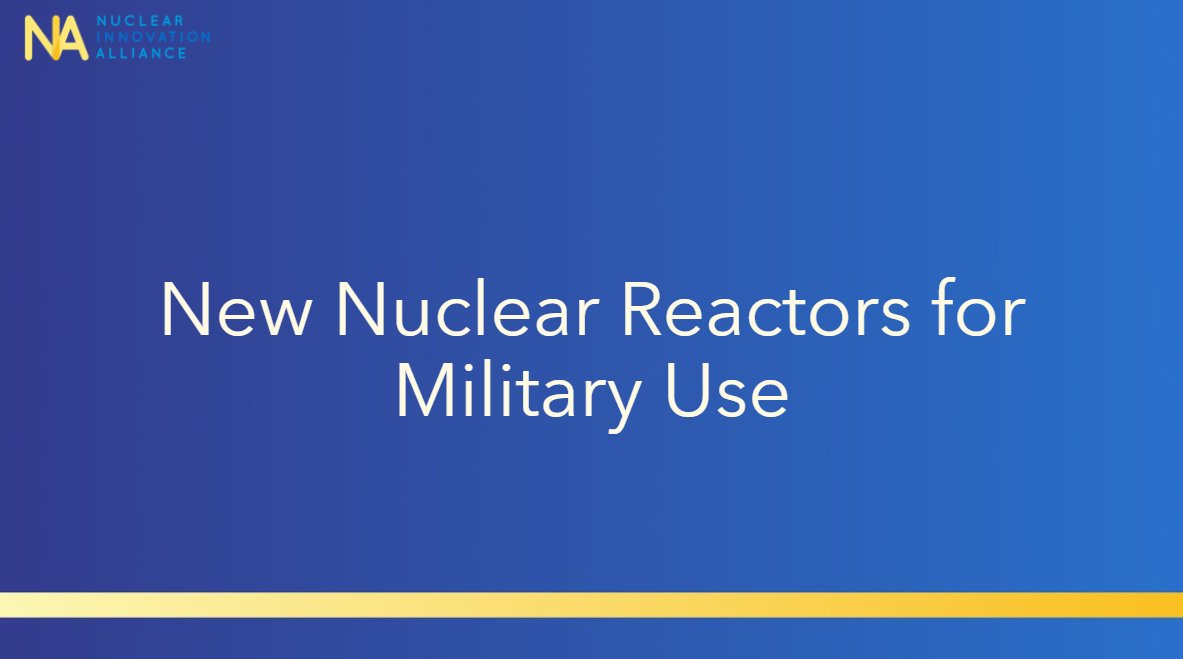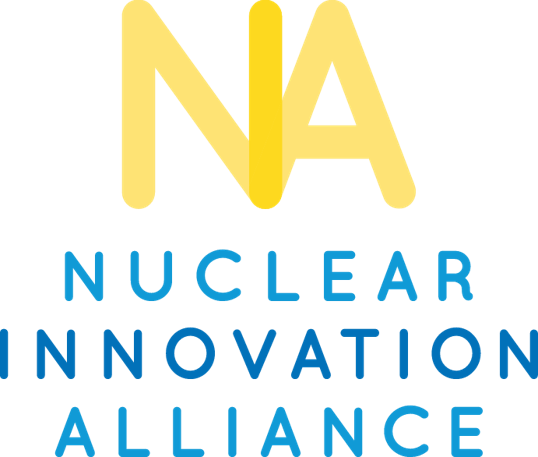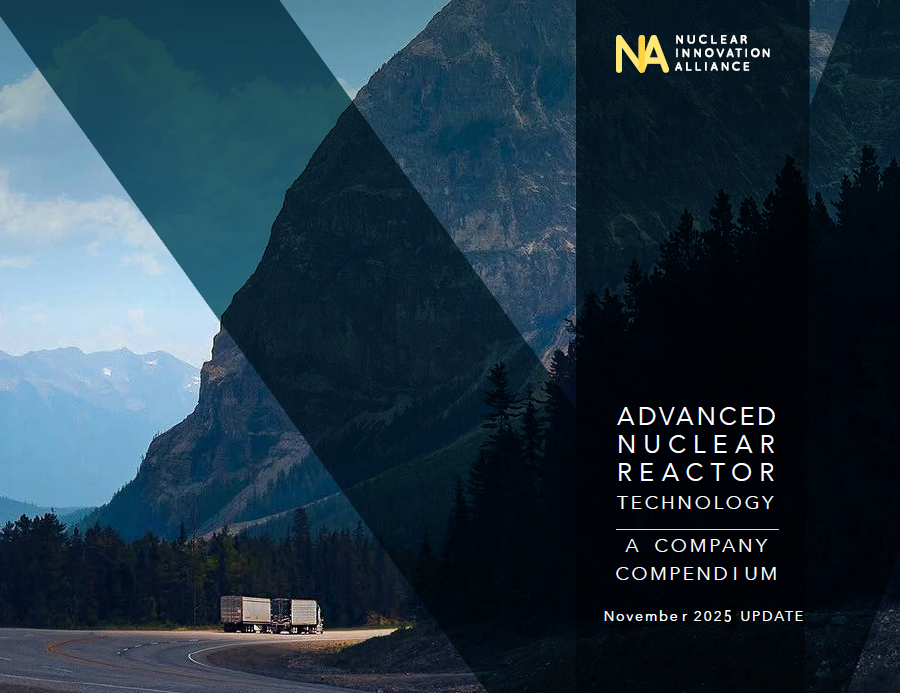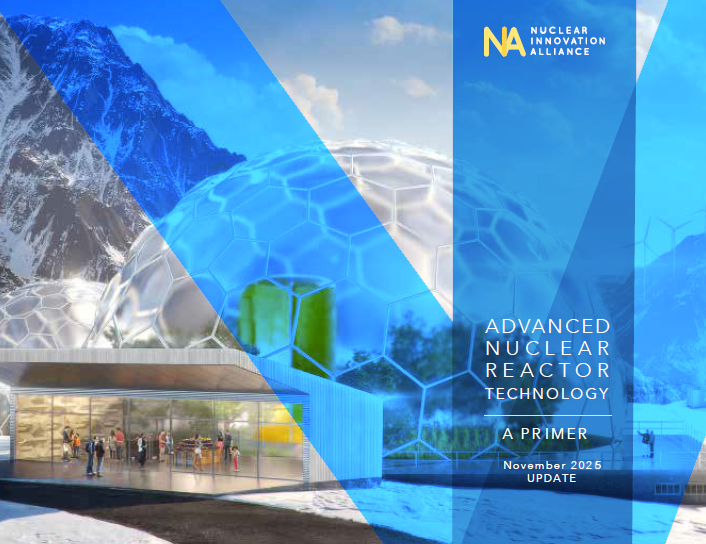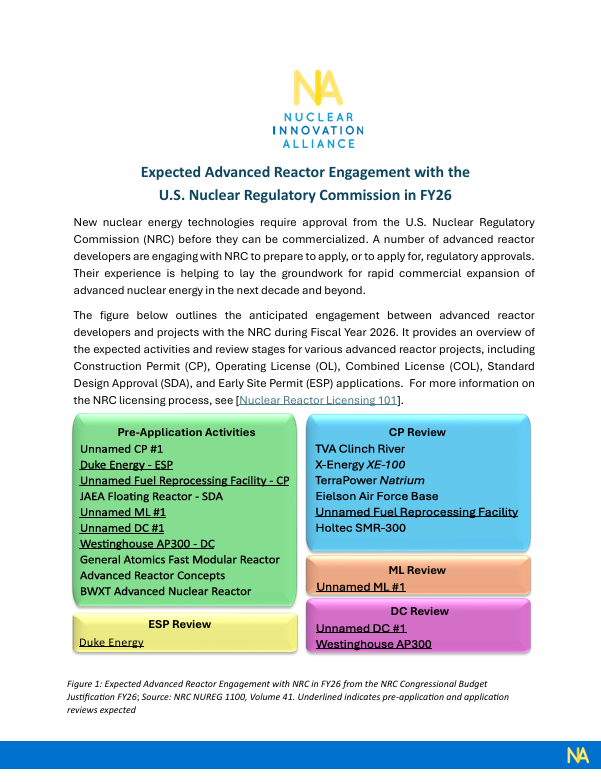Nuclear Innovation Bootcamp Impact Report
Since 2016, The Nuclear Innovation Bootcamp (NIB) has enhanced the careers of students and young professionals working or looking to work in the advanced nuclear energy sector. As the demand for experienced leadership, new ideas, and professional development in this field continues to grow, NIB will be an increasingly important recruitment pipeline for multi-disciplined, creative, and energetic young talent. Looking forward, NIB is embarking on the next phase of its development by focusing on three core initiatives:
- Strengthening its commitments to innovation education and increasing multi-disciplined talent in the nuclear energy sector
- Expanding its engagement with a broader range of communities and industries
- Recruiting talent from underrepresented disciplines and professions
NIB centers on the NIB participants and every year we continue to learn from our growing alumni
network made up of the 196 participants of our eight Bootcamps. The information in this report is largely
based on survey results and interviews from this group. We hope that you will find the information and
stories below as motivating as we do.
NIA submitted formal comments on the Nuclear Regulatory Commission’s (NRC) Sunset Rule. The rule is a direct final rule with an identical companion proposed rule. NIA is generally supportive of this rulemaking. The comments offer two areas of consideration for changes made to 10 CFR Part 2 Subpart O and 10 CFR Part 50 Appendix Q. NIA believes that the recommended options in its comments can help provide clarity for how these regulations are used in the future.
New Nuclear Reactors for Military Purposes
The U.S. government has substantial efforts underway to develop new nuclear reactors for military purposes. Recent executive orders, together with congressional mandates, establish a coordinated strategy that links national security with mission assurance.
This new NIA publication outlines the federal policy framework and the projects, concepts, and solicitations underway to translate policy direction and statutory authority into operational capability. It further provides a comprehensive guide to the concepts and initiatives the government is pursuing to develop new nuclear reactors for military purposes.
Since its enactment of the Accelerating Deployment of Versatile, Advanced Nuclear for Clean Energy (ADVANCE) Act on July 9, 2024, the U.S. Nuclear Regulatory Commission (NRC) has made steady progress implementing it. The NRC is tracking its ADVANCE Act deliverables for 36 milestones on a public dashboard. This brief summarizes NRC's progress.
As of the end of November 2025, the NRC has completed 30 of the 36 identified ADVANCE Act actions and 2025 deliverables.
Expected NRC Executive Order 14300 Rulemaking Timeline
This NIA factsheet highlights the expected timeline of the NRC Executive Order 14300 Rulemaking. This timeline helps to provide a quick view of the individual rulemakings populated from the NRC website.
The Nuclear Innovation Alliance hosted a publication webinar for our updated Advanced Nuclear Energy Technology Primer and Company Compendium, with speakers Zach Koshgarian of NIA, Judi Greenwald of NIA, Scott Kopple of BWX Technologies, Jeff Miller of Terrapower, and moderator Ben Finzel.
These updated reports provide information, resources, and insights into advanced nuclear technology innovation and commercialization. They should serve as resources for investors, reporters, policymakers, regulator,s and others who want to learn more about advanced nuclear technologies and the key players building this industry. With increasing attention being paid to supporting the technologies required to meet mid-century climate goals, these resources should serve as helpful guides to understanding the basics of advanced nuclear energy technology and the companies involved in the design, licensing, construction, and operation of advanced nuclear reactors.
To download our Company Compendium click here
To download our Primer click here
This 2025 update of Company Compendium serves as an introduction to the advanced reactor business ecosystem for potential investors and other key stakeholders.
This primer provides basic information on advanced reactors to help the public and stakeholders understand the promise of innovative nuclear technologies. Dozens are under development around the world; this primer focuses on those in the United States and Canada.
This document was last updated in November 2025.
U.S. Federal Oversight of Nuclear Reactors by NRC, DOE and DoD
Federal oversight of nuclear reactors in the United States sits at the complex intersection of law, national security imperatives, and civilian regulatory independence. This brief examines the legal and historical context, tracing the statutes that assign authority for NRC to license and regulate commercial nuclear reactors, DOE to “authorize” nuclear reactors for research activities, and DoD to permit the operation of nuclear reactors for military use. It also explores interagency interfaces, agreements, and delegations, which shape the coordination of nuclear reactor oversight.
NIA recommends a concerted effort by all three agencies to ensure that technically mature, new nuclear reactor concepts are deployed with appropriate federal oversight and regulatory clarity to inspire public confidence.
Expected Advanced Reactor Engagement with the U.S. Nuclear Regulatory Commission in FY26
This updated NIA fact sheet highlights the expected advanced reactor engagement with the NRC in fiscal year 2026


